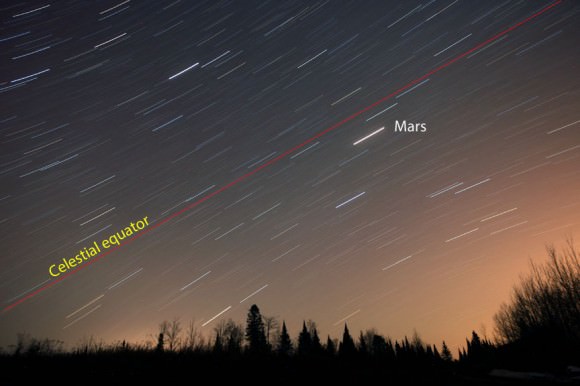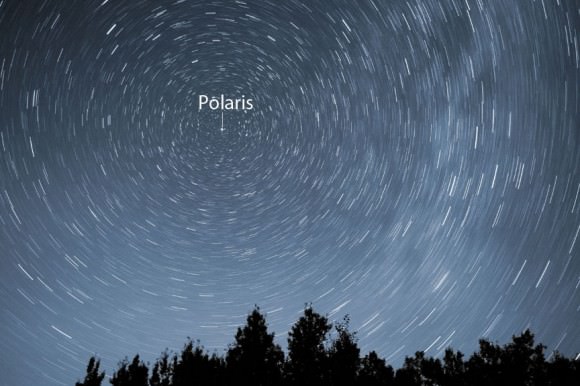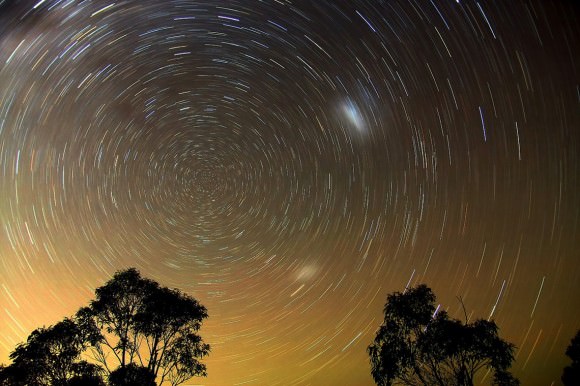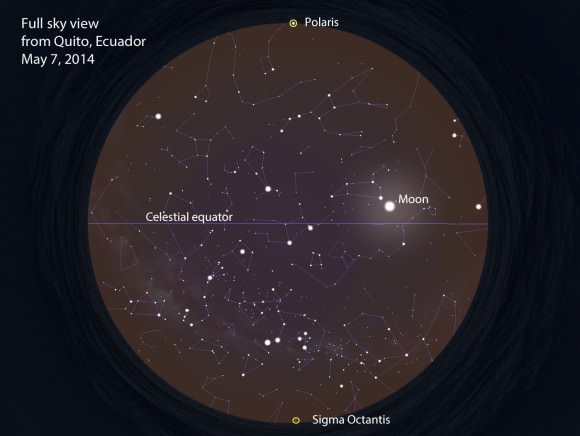Have you ever wondered if the Solar System and the Milky Way line up perfectly, like plates spinning within plates? This is something you can test out for yourself.
We love to answer your questions, this one is clearly a fan favorite in the category of the “Wouldn’t it be crazy if…”. Our Solar System is disk shaped, with all the planets orbiting around the Sun in roughly the same plane. AND the Milky Way is also disk shaped, with all the stars orbiting around and around the center of the galaxy. Wouldn’t it be crazy if the Milky Way and the Solar System lined up? Why would that happen?
Do all Solar Systems line up with the Milky Way, like plates spinning on plates spinning on plates? And those plates are on smaller plates. It’s spinning plates all the way down.
The answer is unfortunately “no”, because yes, it is cool when things line up. At this point, I know you’re immediately thinking I’m in the pocket of “Big Plate shape”, but I can assure you that’s not the truth. The Nibiruans, CIA and Big Dental pay much better than those cheap disc jerks have ever ponied up.
The good news is, you don’t have to take science’s word for this. In fact, you can check this out for yourself. If you’ve spent any time watching the sky, you’ll know that the Sun takes roughly the same path across the sky every day. It rises in the East, travels across the sky, and then sets in the West. For me here in Canada, the Sun rises over there in the Winter, it trundles sadly across the horizon to the South, and then sets in the West.
If you live on the equator, you might see the Sun pass right overhead during the day. And if you live in the Southern Hemisphere, you might see the Sun go across the North in the sky. As we spin, the Sun always goes along a predictable line. We can always point at it and say “There’s the center of our solar system”. The Moon takes the same path, and so do the rest of the planets. It’s the plane of the ecliptic, and we’re embedded right in the middle of it. If you get to dark enough skies, you can see the Milky Way. It’s that faint cloudy band that goes across the sky. If the Solar System and the Milky Way had their Frisbees lined up, we could see the Sun, Moon and planets always be in front of the Milky Way.
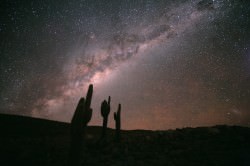
But they’re not, the Milky Way is actually inclined from the celestial equator at 63-degrees. They cross each other through the constellations of Monoceros and Aquila-Serpens-Ophiuchus. For me, the Milky Way starts over there and ends up over there. The plane of the ecliptic and the Milky Way make a big cross in the sky. The orientation between the Solar System and the Milky Way is coincidence. They just happen to be perpendicular-ish. But they could also just happen to line up, and that would be nothing more than a coincidence too.
The Milky Way and the Solar System aren’t lined up. They couldn’t be any more un-lined up if they tried. Here’s the Milky Way, here’s the Solar System. I’m a Power Ranger. So, I’m sorry, but just won’t be able to use that to justify your cosmic theories about the return of the Flying Spaghetti Monster. Or alternately… like any good conspiracy style thinking…
Good news! The Milky Way and Solar System are almost perpendicular and clearly that near-opposite alignment generates some kind of woogly ethereal gyroscopic metastatic force that clearly is causing your gluten sensitivity and heralds the coming of FSM. What magical effect is this perpendicular alignment causing for you? Tell us in the comments below.



